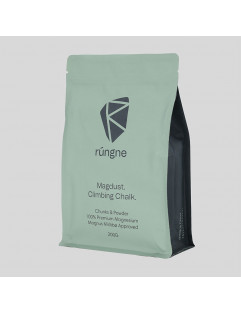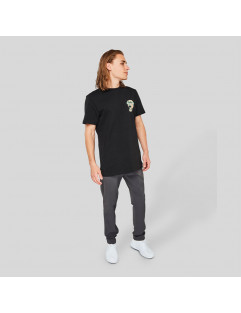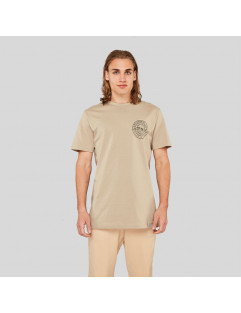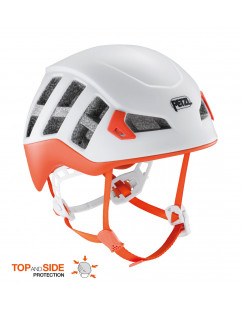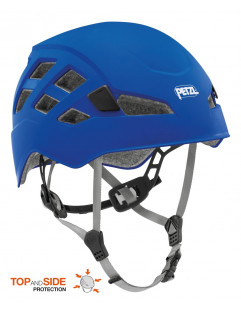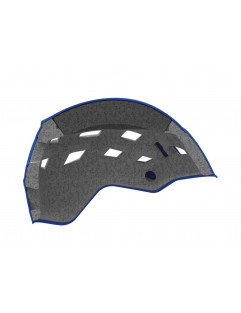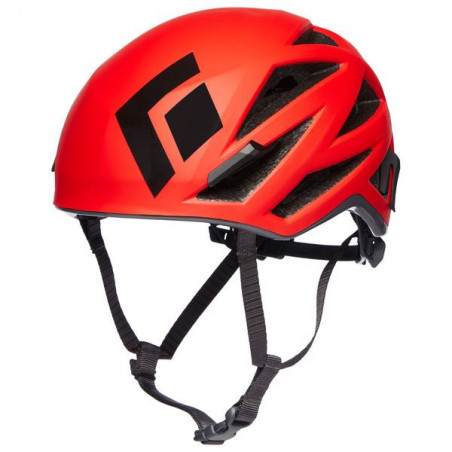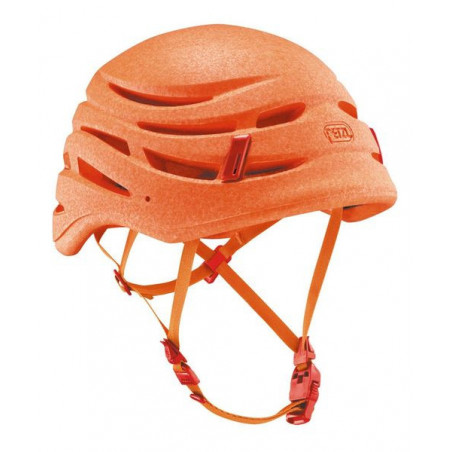New products
home
Arc'teryx -...skin-care
Rhino - Mickeys...locking-carabiners
Petzl - Attache...Active filters
hybrid-helmets
Petzl - Meteor (2023) - Climbing Helmetmens-helmets
Petzl - Boreo (2023) - Blue - Climbing Helmethome
Petzl - Boreo (2023) - White - Climbing Helmet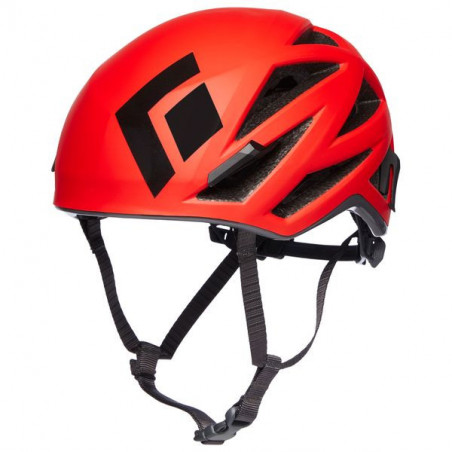
Mens Helmets
How to Choose A Climbing Helmet?
Wearing a climbing helmet is an important part of keeping yourself protected at the crag, wether your climbing or belaying. A helmet will protect you from rocks falling down on you, you falling down and hitting the rock or banging your head in the overhang. When getting a helmet there are three main things to consider, helmet type, type of climbing you do and getting the right fit.
All helmets must meet industry standards for impact protection, with the standard for overhead protection being greater than the side-protection standard.
Climbing Helmet Type
Hardshell Helmets are durable and have an extra hard outer shell usually made of ABS plastic giving them a long lifespan compared to other helmets. They feature a thin foam layer inside and a strap suspension system and are therefor sometimes called hybrid helmets or suspension helmets.
Shelled Foam Helmets are lighter and feature a thick layer of impact-absorbing polystyrene or polypropylene foam protected by a thin polycarbonate shell. This type of helmet has the advantage of being super light and having great ventilation.
| hardshell helmet | shelled foam helmet | |
| Mountaineering and multi-pitch trad climbing | X | |
| Ice climbing | X | |
| Warm-weather sport climbing | X | |
| Cool-weather and single-pitch sport climbing | X | X |
| Belaying | X | |
| Indoor climbing | X | X |
Climbing Helmet Fit
Even when friends or reviewers suggest that one helmet is the best, it won't be right for you if it doesn't fit correctly. The best way to assess fit is to try on different helmets in a climbing specialty store.
- Check for a secure fit
- Check and adjust chin straps
- Check the ease of adjustment
Climbing Helmet Lifespan
You should retire any helmet that’s dented, cracked or damaged—that includes the straps. You should even retire your helmet if you can't see any damage but had an incident where you thought to yourself, "I would have been seriously messed up if not for my helmet."
Even if it’s never impacted, retire a helmet within 10 years. The sun’s UV rays slowly degrade materials, so if you climb frequently, cut this lifespan time in half.
The choices are endless and difficult today so contact our Customer Service or send us a mail to help you choose the right product for your needs.
Shop online.........more time to climb.
Casper's Supports Your Summit
Subcategories
-
Hybrid Helmets
<h1><strong>How to Choose A Climbing Helmet?</strong></h1> <p>Wearing a climbing helmet is an important part of keeping yourself protected at the crag, wether your climbing or belaying. A helmet will protect you from rocks falling down on you, you falling down and hitting the rock or banging your head in the overhang. When getting a helmet there are three main things to consider, helmet type, type of climbing you do and getting the right fit. </p> <p>All helmets must meet industry standards for impact protection, with the standard for overhead protection being greater than the side-protection standard.</p> <p><span style="text-decoration:underline;"><strong>Helmet Styles</strong></span></p> <p>There are 3 types of climbing helmets: hard shell, foam, and hybrid. As with all things, each type has its advantages and disadvantages. In this section we will only look at the hybrid helmets.</p> <p>Hybrid Helmets are exactly what their name suggests, a mix of hard shell and foam designs. They feature a thicker ABS shell with some EPS foam. This fusion of technologies generates a well-rounded helmet that’s not too heavy and still offers great durability.</p> <p></p> <p>The choices are endless and difficult today so contact our <a href="/contact-us">Customer Service</a> or <a href="mailto:info@caspersclimbingshop.com">send us a mail</a> to help you choose the right product for your needs. </p> <p></p> <p>Shop online.........more time to climb.</p> <p></p> <p>Casper's Supports Your Summit</p> -
Foam Helmets
<h1><strong>How to Choose A Climbing Helmet?</strong></h1> <p>Wearing a climbing helmet is an important part of keeping yourself protected at the crag, wether your climbing or belaying. A helmet will protect you from rocks falling down on you, you falling down and hitting the rock or banging your head in the overhang. When getting a helmet there are three main things to consider, helmet type, type of climbing you do and getting the right fit. </p> <p>All helmets must meet industry standards for impact protection, with the standard for overhead protection being greater than the side-protection standard.</p> <p><strong>Helmet Styles</strong></p> <p>There are 3 types of climbing helmets: hard shell, foam, and hybrid. As with all things, each type has its advantages and disadvantages, we will be looking onto the foam helmet here.</p> <p>Foam Helmets are comparable to bicycle helmets. They mainly consist of foam, usually EPS, to bear the force of an impact, and then have a tiny layer of polycarbonate to protect against minor bumps and bruises. Foam helmets are usually the lightest option, but in this case light weight means more fragile and higher costs.</p> <p>The choices are endless and difficult today so contact our <a href="/contact-us">Customer Service</a> or <a href="mailto:info@caspersclimbingshop.com">send us a mail</a> to help you choose the right product for your needs. </p> <p></p> <p>Shop online.........more time to climb.</p> <p></p> <p>Casper's Supports Your Summit</p>





